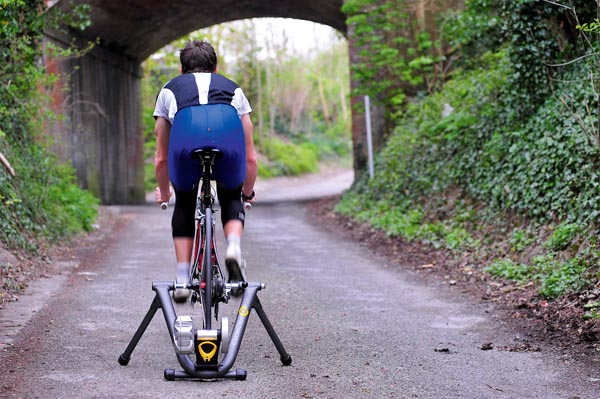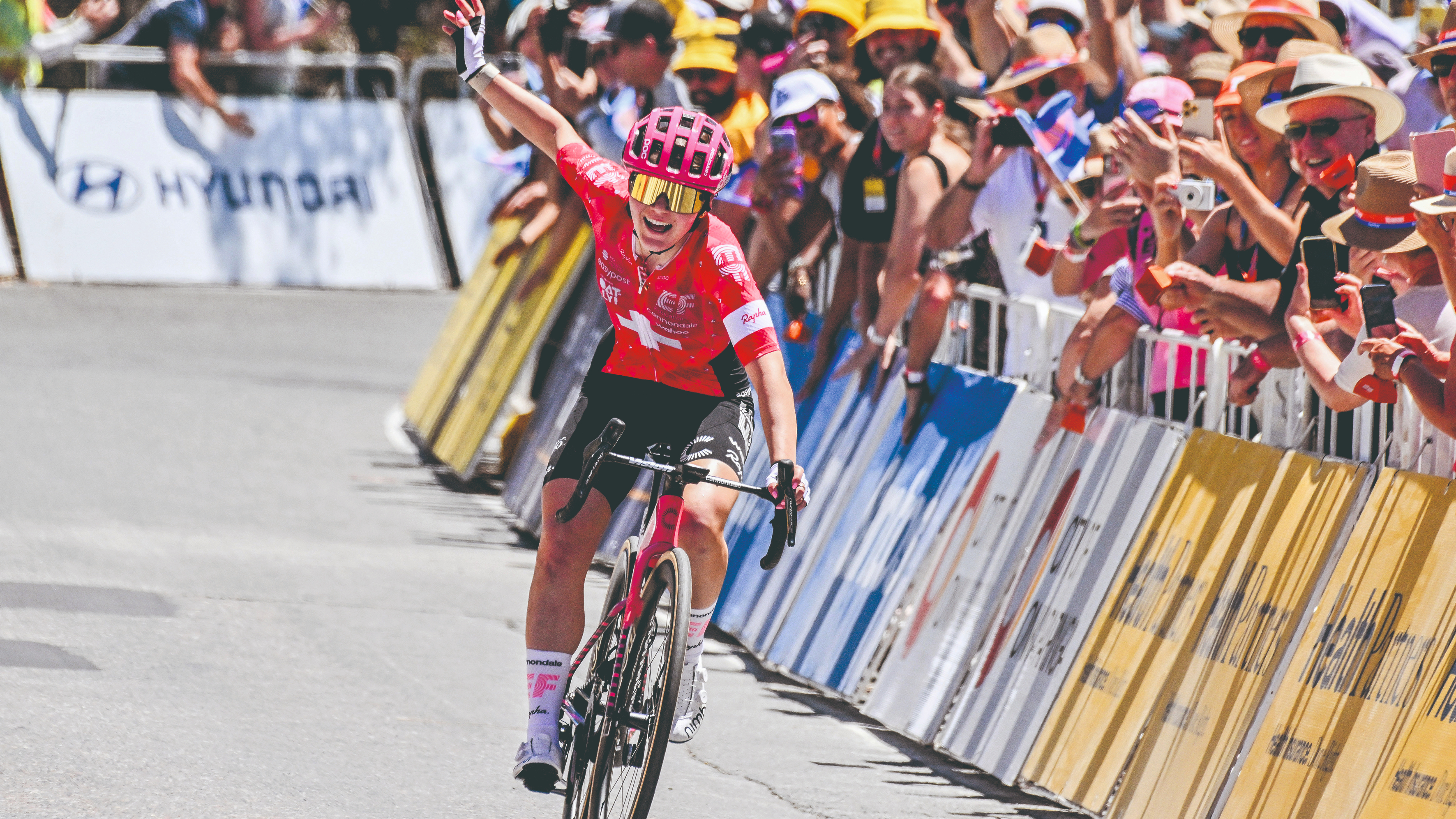HIIT: the importance of rest intervals

High intensity interval training (HIIT) gets results - fact. However what do we mean by HIIT? The different permutations are endless: 15 second intervals through to 5 minute intervals; short recovery, one to one or full recovery; flat out intensity or a fixed percentage of max effort.
Mix these factors together and it becomes clear the high intensity training actually covers a wide range of possible workouts. A group of antipodean researchers set out to investigate whether the length of the rest interval was a crucial factor in the success of an interval session.
The science
12 physically active female participants were recruited for the study and asked to complete 5 weeks of interval training consisting of between 6 and 10 two minute intervals, performed 3 times a week.
The crucial difference was that half of the ladies were given 3 minutes rest after each interval (HIT-3) with the other half only given one minute (HIT-1). Before and after the training program, standard lab fitness measures were taken, plus a repeated sprint test following a high intensity endurance trial.
Muscle biopsies and other physiological measures were taken to try and evaluate the effect of each test and training session.
In a nutshell
Get The Leadout Newsletter
The latest race content, interviews, features, reviews and expert buying guides, direct to your inbox!
From a practical perspective, the main result from shortening the rest interval is to make it much ‘harder' (You could try the sessions yourself, although it is intuitively obvious!).
At the end of the workouts with only 1 minute recovery, the build up of metabolites such as blood and muscle lactate was considerably higher, heart rate was higher and PCr (a key energy store) was reduced. The hypothesis was that the extra metabolic disturbance should lead to a greater training stimulus and a more pronounced adaptation.
However, despite improvements in performance for both HIT-3 and HIT-1 groups, there was no difference between groups. In other words the extra ‘stress' with only one minute recovery did not lead to a bigger improvement.
So what?
From a scientific perspective, some of the data on the physiological effect of the training protocol is interesting but the study does not go far enough to give satisfactory practical info on choosing the length of your rest interval.
The research paper ends with speculation that no difference between groups was found because both training programs were sufficiently ‘hard' to trigger fitness adaptations in a group who were admittedly not trained cyclists.
Training is about searching for the minimum effective dose - if 3 minute rests make the session easier and still gets results, then why make things more challenging than they need be? The second important principle here is progression.
Why not start with longer rest intervals and retain the option of reducing the rest interval once you stop improving? In reality there is no optimum length of rest interval, it will depend on the goal of the session and your individual requirements. More work is needed to understand the factors that affect this decision though.
This article was first published in the December 20 issue of Cycling Weekly. You can also read our magazines on Zinio and download from the Apple store.

Thank you for reading 20 articles this month* Join now for unlimited access
Enjoy your first month for just £1 / $1 / €1
*Read 5 free articles per month without a subscription

Join now for unlimited access
Try first month for just £1 / $1 / €1
Founded in 1891, Cycling Weekly and its team of expert journalists brings cyclists in-depth reviews, extensive coverage of both professional and domestic racing, as well as fitness advice and 'brew a cuppa and put your feet up' features. Cycling Weekly serves its audience across a range of platforms, from good old-fashioned print to online journalism, and video.
-
 How do the pros train? Noemi Rüegg's 26 hour training week
How do the pros train? Noemi Rüegg's 26 hour training weekWinner of this year’s Tour Down Under, the EF Education-Oatly rider is a climber whose talent is taking her to the top
By Chris Marshall-Bell
-
 Save £42 on the same tyres that Mathieu Van de Poel won Paris-Roubaix on, this Easter weekend
Save £42 on the same tyres that Mathieu Van de Poel won Paris-Roubaix on, this Easter weekendDeals Its rare that Pirelli P-Zero Race TLR RS can be found on sale, and certainly not with a whopping 25% discount, grab a pair this weekend before they go...
By Matt Ischt-Barnard